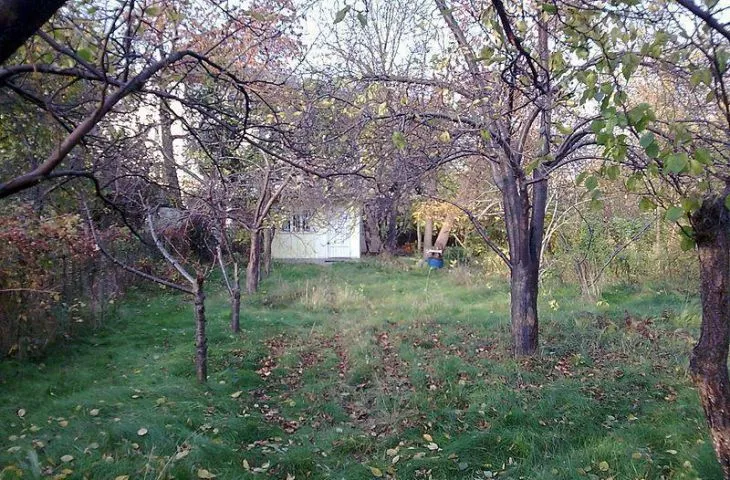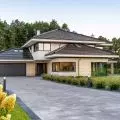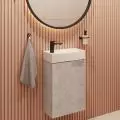Homes with gardens and allotments
The experience of the pandemic instilled, and in this context the word takes on quite a perversity, a great need to commune with nature. Whoever had the opportunity to do so, the period of, so-called, hard lockdown was spent in suburban spaces, in the provinces or in the countryside. On the other hand, those who were forced to stay in cities for various reasons were not even allowed to use parks and forests for a certain period of time, which was one of the most absurd decisions of the state.
Our need for a relationship with nature was dramatically evident when we could not realize it. Two problems arise in this context. First, the idea of a suburban house with a garden is undergoing its renaissance, as can be seen from the movement in the market for this type of property. Second, it opens up a discussion of urban greenery, if only the issue of allotment gardens.
suburban idyll / suburban problems
As much as the option of living in a house with a garden seems to be a kind of idyll, we know very well that it is available to a few, exposing largely economic inequality or issues related to professional aspects and the need to live close to work. The house also has high energy losses, due to the fact that it has four rather than two exterior walls. In addition, it requires the addition of kilometers of water or sewage networks or, finally, it involves commuting, and usually these are by car (we are back to economic inequality), generating significant air pollution. The European Parliament has decided that carbon dioxide emissions must be cut by 60%, which hits car-based transportation in a big way. Besides, it's also about the excess of cars in the city space and the trips that are lengthening as a result, significantly affecting the quality of life. With regard to these problems, two radical, but in the long run, necessary solutions are possible. That is, the necessary changes in public transportation, as well as the creation, for example, of new settlements in the vicinity of a transportation loop, rather than the other way around - thinking about pulling up transportation to a ready-made settlement or, finally, choosing, as far as possible, greener means of transportation. With regard to the idea of a suburban house, it is necessary to present a solution that may not be met with enthusiasm, but is cheaper and greener. Namely, adapting cities to a more compact, denser way of living, but in a smart way. Not as a return to industrialization strategies, but as a use of space that allows for comfort.
An alternative to parks
This brings up the second problem raised, which is the issue of greenery in cities. Because if we do not live in a house with a garden or in a space where nature is a large component of the landscape, we are nevertheless looking for available alternatives. The issue of concrete and the loss of trees in cities is constantly raised, while here I would like to focus primarily on allotments, which seem to be the perfect equivalent of a house with a garden. They are a kind of wedge in the climate debate, because on the one hand it is believed that they should not be built in the center, because housing estates should be built in such a location, while on the other hand we are thus depriving ourselves of smaller and smaller green reserves. However, it's not just about the presence or absence of allotment gardens, but also about their structure and the way they function. The current policy of these places is based on a closed formula in which each person takes care of his garden. Instead, the emphasis would be worth placing on the common space and making it more socialized, open to sharing and building relationships. This could involve, for example, designing focal points for a network of gardens that are open to the public, supplying benches, toilets or playgrounds, allowing these spaces to evolve into alternative sites for parks.
speeding up and opening up
This brings us back to the problem of the architect's or architect's role as a social planner. In a very big acceleration, the pandemic has illuminated both our needs and the non-functional and in need of change flaws in the urban fabric. Looking at the bigger picture, the pandemic has certainly opened up a discussion of necessary changes that will perhaps cause the next generation to design in a very different way, as what has certainly become the dominant theme is social issues and opening up to them after months of being confined to homes.














